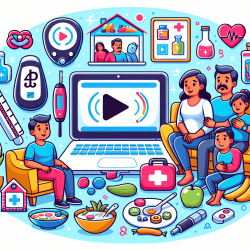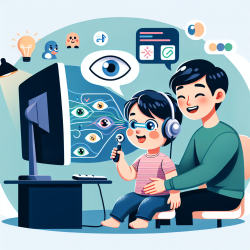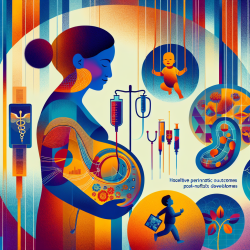Revolutionizing Diabetes Education with Culturally-Tailored Videos
In the ever-evolving field of diabetes education, a recent study titled A picture is worth a thousand words: A culturally-tailored video-based approach to diabetes education in Somali families of children with type 1 diabetes sheds light on an innovative approach that could transform how practitioners deliver education to diverse populations. This study, conducted by a team of researchers from the University of Minnesota and Children's Hospitals and Clinics of Minnesota, highlights the potential of culturally and linguistically tailored video-based education in improving diabetes knowledge among Somali immigrant families.
The Study's Groundbreaking Approach
The study focused on Somali youth with Type 1 Diabetes (T1D) and their families, aiming to improve diabetes knowledge through a culturally-appropriate video-based curriculum. The researchers developed ten Somali-language educational videos, each addressing core diabetes management topics while incorporating cultural nuances and addressing common misconceptions within the Somali community.
The results were promising. The study found a significant improvement in diabetes knowledge immediately after participants viewed the videos, with knowledge retention persisting even three months later. This suggests that video-based education can be a powerful tool in bridging the gap in diabetes education for Somali families, who may face language and cultural barriers in traditional educational settings.
Implementing the Findings in Practice
For practitioners looking to enhance their educational strategies, this study offers several key takeaways:
- Cultural Sensitivity: Tailoring educational materials to the cultural context of the target audience can significantly enhance understanding and retention.
- Use of Multimedia: Video-based education can be more effective than traditional text-based materials, especially for populations with oral learning traditions.
- Community Involvement: Collaborating with community members and healthcare professionals from the target culture can help in creating more relevant and accepted educational content.
Encouraging Further Research
While the study shows promising results, it also highlights areas for further research. The impact of this educational approach on long-term diabetes management and HbA1c levels remains to be fully explored. Additionally, expanding this approach to other immigrant communities and health conditions could offer broader insights into the effectiveness of culturally-tailored video education.
For practitioners, engaging in further research or implementing similar strategies in their practice could lead to improved educational outcomes for diverse populations.
To read the original research paper, please follow this link: A picture is worth a thousand words: A culturally-tailored video-based approach to diabetes education in Somali families of children with type 1 diabetes.










